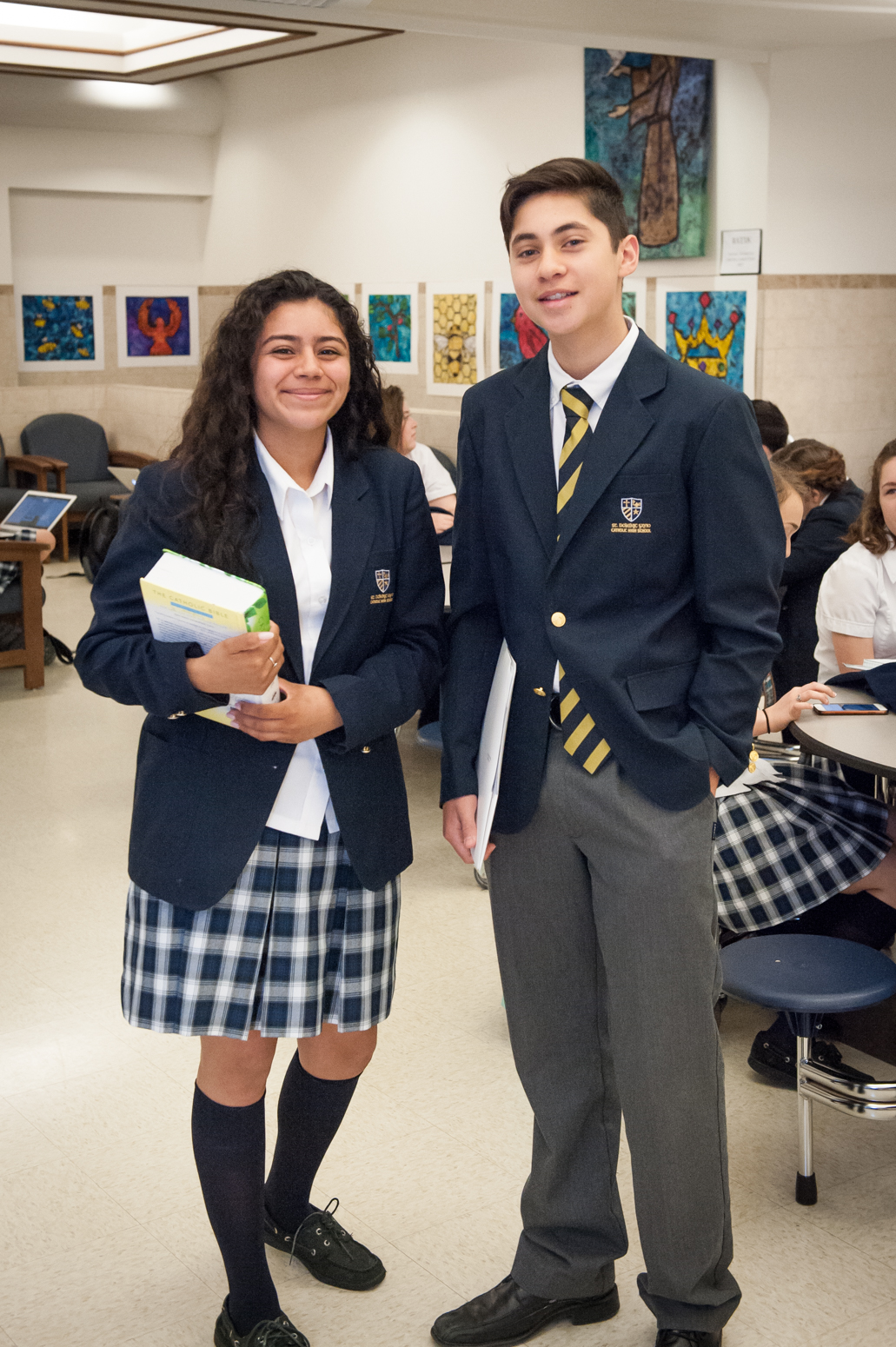Last Friday our group made vegetarian sushi. We were assigned tasks, and they were evenly spread out to every member. The sushi was really nice, the seaweed was wrapped up really tightly and there were a variety of vegetables. I personally did not like the wasabi.
What did we do well?
As a group, we stayed on task and followed the recipe. We managed our time well, and worked as a team, producing our delicious end result.
What needs to be improved next time?
If we were to make this dish again I would not add the wasabi, but add some soy sauce.
Feedback?
Feedback from the group was good, they liked the sushi but would have preferred some chicken.
Feedback from the group was good, they liked the sushi but would have preferred some chicken.
Next Steps:
Arrive quickly to class and wash hands and gather things really fast. So we could get cooking.










